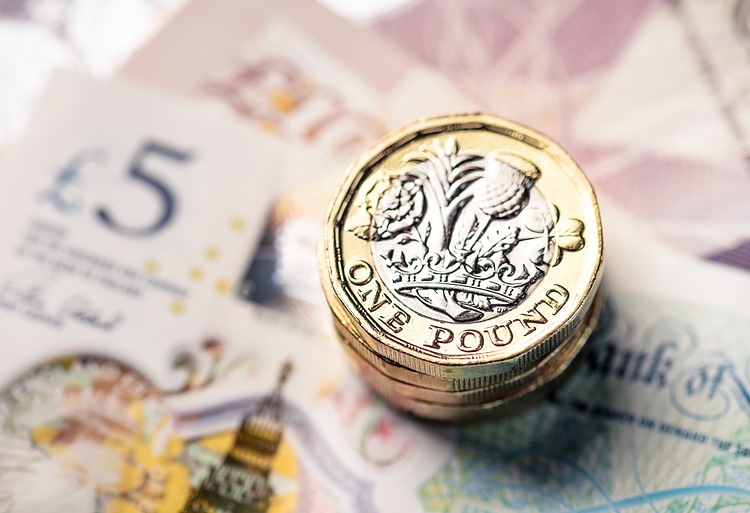The Pound Sterling has strengthened above 1.2700 as the UK inflation cools down in line with expectations, with annual headline inflation returning to the Bank of England’s target of 2% in May. However, service sector inflation remains high at 5.9%, which could hinder the BoE from considering rate cuts in the near future. On the other hand, the US Dollar has stabilized following slower-than-expected Retail Sales growth in May, prompting markets to anticipate potential rate cuts by the Federal Reserve.
The upcoming BoE monetary policy decision will influence the direction of the Pound Sterling, with expectations that the interest rate will remain unchanged at 5.25%. Investors will be closely watching for any hints on future rate cuts during the announcement. The steady rise in UK service inflation has supported the Pound’s gains against the US Dollar, while concerns about slower Q2 GDP growth in the US have weighed on the Greenback.
Technical analysis shows the Pound Sterling rising above 1.2700, with the GBP/USD pair approaching the 20-day EMA at 1.2720. The 50-day EMA at 1.2670 is acting as a strong support level for the GBP bulls, while the 61.8% Fibonacci retracement support at 1.2667 is also holding firm. The RSI indicates that the upside momentum may be fading, suggesting a potential consolidation phase for the Pound Sterling in the near term.
The UK Consumer Price Index (CPI) is a key economic indicator that measures consumer price inflation on a monthly basis. A high CPI reading is considered bullish for the Pound Sterling, signaling rising prices of goods and services bought by households. The latest CPI release from the Office for National Statistics showed a decline in inflation, which may impact future monetary policy decisions by the BoE and influence the direction of the GBP.
In conclusion, the Pound Sterling’s recent gains above 1.2700 are supported by cooling UK inflation and sticky service sector inflation. The upcoming BoE monetary policy decision will provide further clarity on the future direction of interest rates and the Pound’s trajectory. Meanwhile, the US Dollar’s stability following weaker Retail Sales data suggests market expectations of potential rate cuts by the Fed, which could impact the currency’s performance in the near term. Investors will be closely monitoring economic developments and central bank actions to gauge future market movements for both the Pound Sterling and the US Dollar.


























